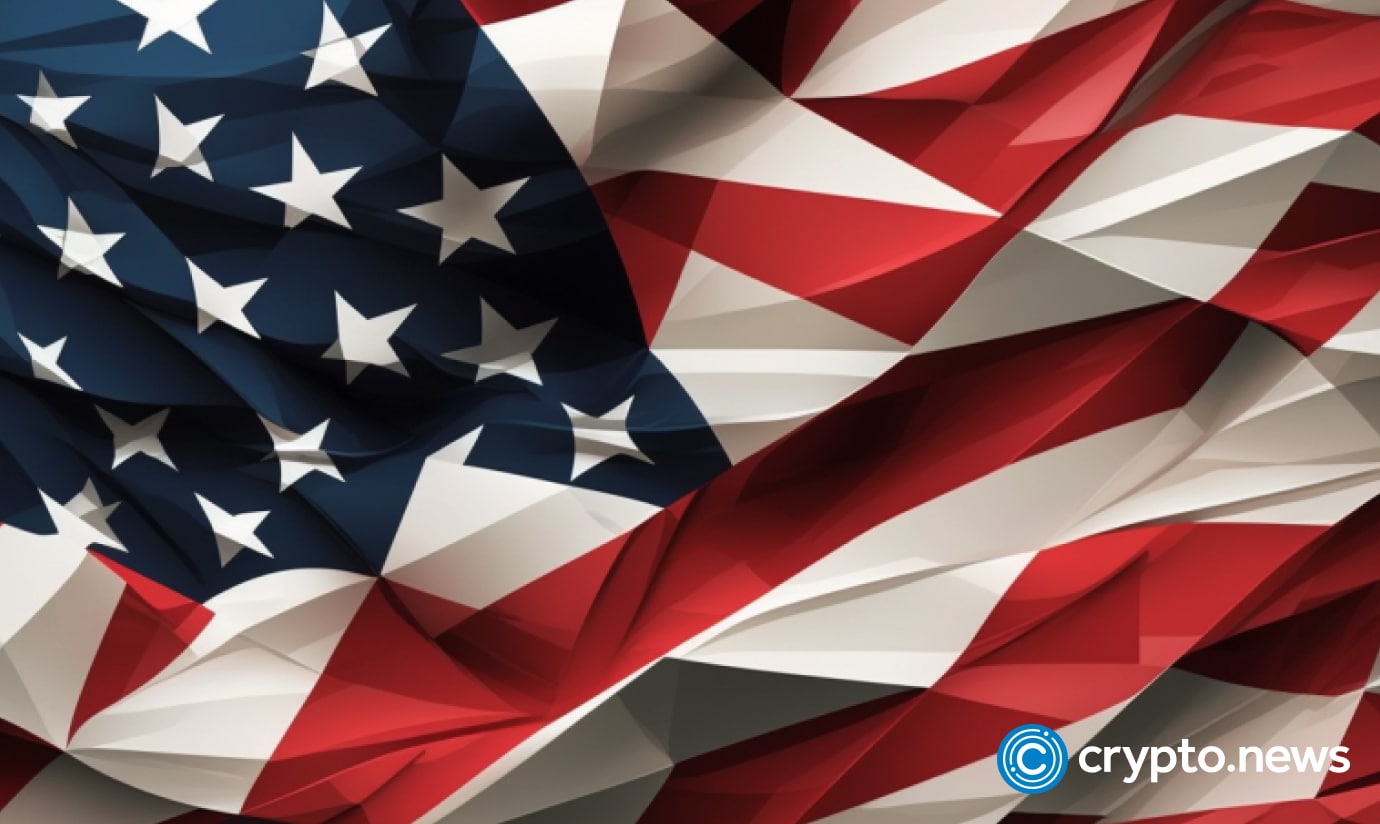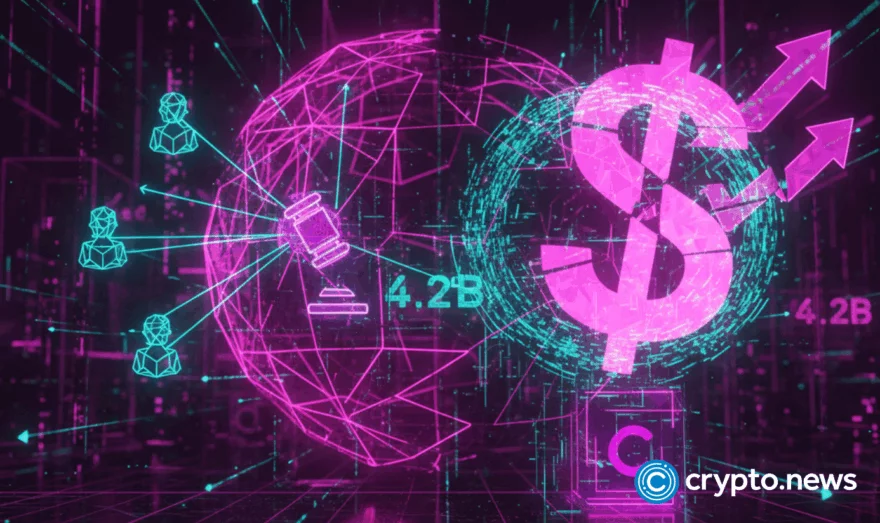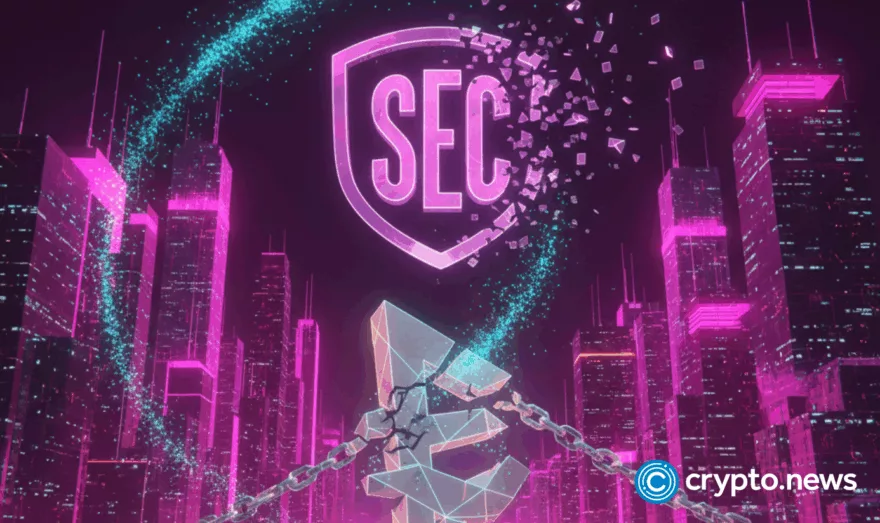Hedge fund legend Ken Griffin knocks US SVB depositor save

Hedge fund billionaire Ken Griffin was critical of how the U.S. government saved the depositors at Silicon Valley Bank (SVB), and thinks that is is a lesson in the moral hazard that exists in today’s global marketplace.
In the wake of the SVB collapse, Griffin told the Financial Times (FT) that he thinks the U.S. government should have let SVB depositors lose money, and that bailing out bad banks is a risky move. The scenario would have been hard on small tech companies, as they would have whatever money they had with SVB wiped out.
“The U.S. is supposed to be a capitalist economy, and that’s breaking down before our eyes…there’s been a loss of financial discipline with the government bailing out depositors in full.”
Ken Griffin, interview with FT.
Many crypto companies, like Circle, had deposits with SVB. If Circle lost a substantial portion of the money backing USDC, the value of the stablecoin could be called into question.
Silicon Valley Bank clients saved
SVB has ended its existence as a corporation, but anyone who had money on deposit at the bank will be fine. Generally, the Federal Deposit Insurance Corporation (FDIC) will cover most depositor losses up to $250,000.
In the case of SVB, it appears that depositors will be given all their money back, despite the fact the SVB was functionally insolvent. This is a boon to the tech sector, with blockchain startups included in that group.
Griffin is being critical of what looks a lot like a bailout, despite the fact that president Biden has assured the public that whatever is happening at SVB isn’t a bailout. To be sure, much like Lehman Brothers, SVB is long gone.
Its clients, on the other hand, are being given a lot of government support, which didn’t happen in 2008.
More money from the government
The FDIC is providing funds to bailout depositors, as they will not lose their money as SVB folds. The money is coming from the government, and will spent by the companies in the coming months and years. SVB dealt primarily with early stage tech companies, which generally spend money while not making much.
At the moment, the U.S. banking system appears to be solid, but if there are large-scale bank insolvency issues, the U.S. government would have to spend a lot more, if they use the same model that is in play on the SVB client bailout.














